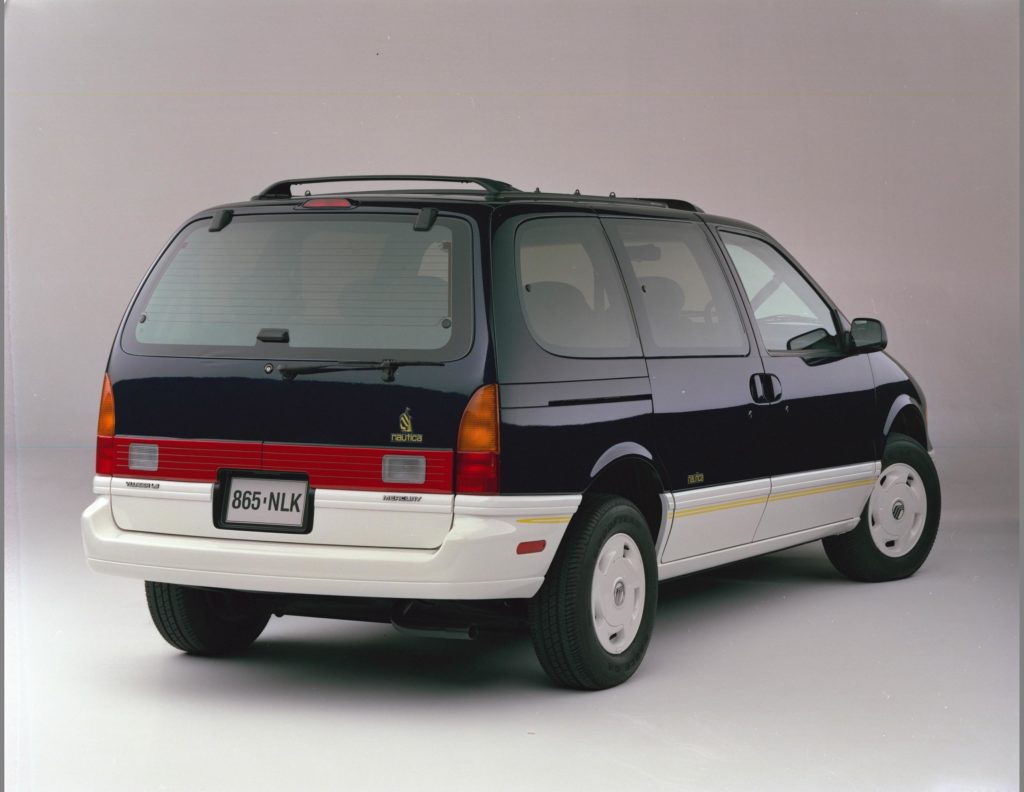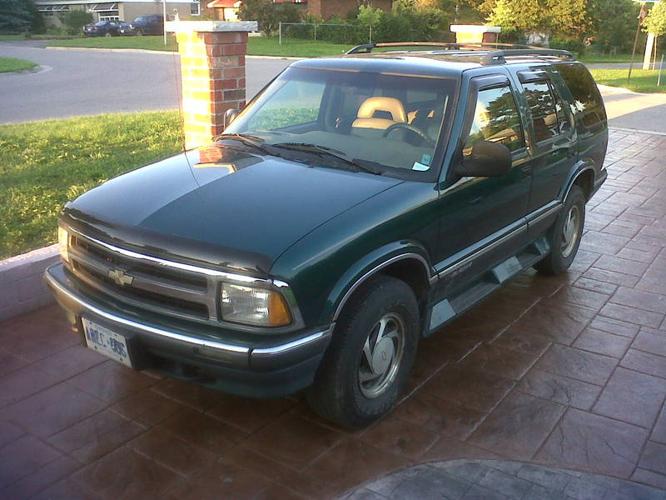Words by: Adam Allen
Happy Canada Day, everyone! With what’s been going on in the world, you’ve no doubt cleaned and organized your personal space multiple times, and maybe you have even organized your sock drawer according to the gospel of Marie Kondo. According to our readers and sources on the ground, many of you have been digging up and glancing at old family moments, and taking leisurely, meandering strolls down memory lane.
Yes, we remember how good Grandma’s lemon meringue cake was, and how awesome everyone felt when Uncle Dave dressed up as Elmer Fudd (OK, maybe those particular memories are left repressed, providing low hanging fruit ripe for the picking if you find yourself needing material to discuss while on your shrink’s couch.) But what about cars? We, too, looked back on the past with the wistful eyes of those who have lived through the trials and tribulations of the ‘90s automotive landscape followed by the better but in some ways equally puzzling early 2010’s.
While reminiscing, we thought we would share with you what has got us gazing reflectively into the past in recent weeks:
Remember when - Drum brakes were a thing?
Yes, drum brakes used to be the rear brake standard kit on a lot the stuff we all drove, and we’re not just talking about trucks. Has anyone reading ever owned a ‘hi performance’ Chevy Cavalier Z24 or a Pontiac Sunfire GT? Yeah, there was drum brakes tasked with reigning in each of the prodigious 150 horsepowers. Granted, they were installed on the rear axle which wasn’t tasked with much stopping responsibilities anyway. But looking into the wheel wells and seeing those unphotogenic, rusting hulks going about their business under the cover of a cast iron slab? Yech.
Remember when - Disc brakes became a thing?
We can recall when one of our dear friends from the neighborhood we grew up in took delivery of a 1994 Mazda MX-3 Precidia (powered by…wait for it…a 1.8 litre naturally aspirated V6! Good times.) It was the first car we had seen in the ‘hood hauled down by 4-wheel disc brakes. You have to understand, at the time this was the stuff of race cars, or at the very least hardcore performance models. And never mind the brake discs fore and aft would not have threated a CD for diameter superiority- they were impossibly small, but, better than drum brakes both from an aesthetic and performance standpoint.
Remember when - there were weird automotive/brand collaborations on models?
Anyone profess to buying a TREK VW? No doubt the bike that came with your Jetta or Golf is not smashing the single tracks anymore, the same way the car it was attached to isn’t, by and large, plying our roads anymore. The Rockport Shoes/Chevy Blazer mashup? Man, that was sweet. What about the Eddie Bauer Ford Explorers? Your khaki pants never looked sharper standing alongside your Explorer painted in “Hunter Green”. And who could ever forget the L.L. Bean Subaru Outback? Recently we have seen local examples of the Jeep Wrangler Call of Duty Edition, which clearly exposes the questionable brand mashup thing. We rub our hands together in anticipation for the Audi A4 Miele Edition, where your dishwasher will offer the same super-cool brushed metal accents as the dishwasher it’ll come with.
Remember when - You spend thousands of dollars in aftermarket upgrades, and it only made your car incrementally faster?
Let’s drift back to 1998. You’ve just bought a Honda Prelude SR-V. Good for you! Now, let us look to the aftermarket to get the obligatory mods in of the time: Intake, exhaust, underdrive pully system, and assorted other usual suspects- and voila! Your stock 200 horsepower Prelude is now making…wait for it…230 horsepower, and that’s on a good day. Why were we so obsessed with relatively meaningless bolt-ons? Was it the Fast and the Furious cultural impact? Or was it simply a cry for help in delivering us from the low horsepower woes that had dogged the enthusiast community for so long? Who can say? What we can be sure of is the aftermarket and tuner car culture that exploded around this time in the automotive continuum yielded not much more than marginally better riding and slightly sharper handling, incrementally faster cars. Hey, at least there were no 2.0 litre turbos, right?
Remember when - 300 horsepower was a really big deal?
We can still fondly recall the moment when we clapped eyes on our buddy’s Dad’s Cadillac Seville with the Northstar V8. 300 horsepower, yo! At the time, this kind of output was anything from commonplace- most cars, even the performance variants therein, had a tough time cracking this magical barrier. Nowadays, a 4-cylinder Mercedes Benz CLA 45 smashes through that barrier, and with 2.6 litres less displacement and down 4 cylinders. Look no further for proof that the pace of automotive technology is exponentially incredible.
Remember when - Cars actually had cushy suspension?
Many of us can recall settling into the massive confines of Grandpa’s backseat for a trip. It doesn’t matter if the car in question was a Cadillac Fleetwood, a Buick Roadmaster or a Olds Delta 88- the ride was all the same, meaning marshmallow levels of compliance. While extremely comfortable on the highway, it did not do the cars any favors when the subject or cornering came up, even if they were lucky to be equipped with GM’s “European inspired handling” of the FE3 suspension option package. Nowadays, garden variety family sedans ride on oversized wheels shod with tires packing very slim sidewalls. Granted, they are more comfortable than something tuned for sporting bent, but what happened to just wanting to while away the kilometers in a living room on wheels?
Remember when - Stability Control (ESC) was the stuff of black magic?
In the late 1990’s, we were told by Mercedes Benz that Electronic Stability Control meant that, when activated, you could not-no matter how hard you tired, or how irresponsible with the throttle you were- spin the car you had under your control. This little miracle took place no matter the surface or type of condition. Trust us, we worked overtime trying to expose the inherent flaws of the system when it burst onto the scene which ultimately resulted in slack jaws as the car we were piloting assuredly negotiated its way around the course we’d set up. Now it is a standard kit even on the very cheapest cars for sale today.
Remember when - turbocharging was extremely rare?
It was around 2007 when the majority of automakers embarked on a quest to turbocharge all the things! The reason? Turbos help smaller displacement engines make the power that customers expect, while achieving fuel economy targets and increasingly stricter emissions criteria. We can fondly recall when a car that was turbocharged promised huge power and speed. Naturally aspirated engines were kind of an afterthought in the never-ending chase of higher outputs. Now, it’s the opposite- we pine for engines that lack small displacement with a turbo at the ready to bring in the power. You know you’ve reached peak turbo when you start to miss GM’s boat anchor (but turbo free!) 3.1 litre V6.
So…when it comes to cars, what stokes your nostalgia?




